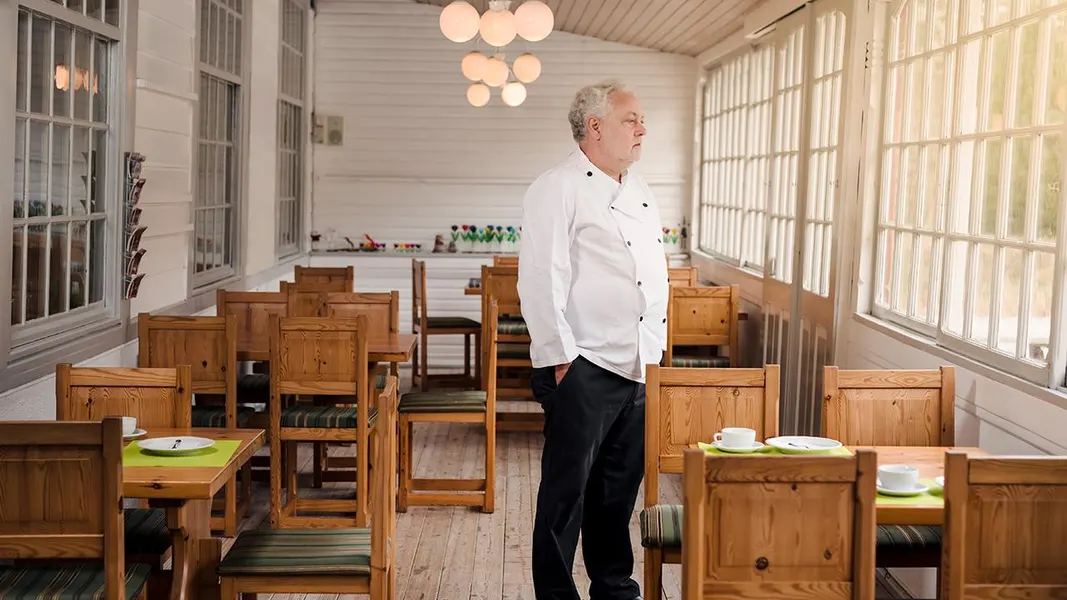Commercial kitchen equipment has quietly become the defining factor separating thriving restaurants from those struggling to survive in today’s unforgiving hospitality landscape. Behind the scenes of every successful establishment lies a calculated investment in technology that most diners never see, yet determines everything from the speed of service to the consistency of their favourite dishes.
The numbers reveal a startling truth about this industry transformation. The global commercial cooking equipment market, valued at £10.8 billion in 2023, is projected to reach £14.6 billion by 2034—a growth trajectory that signals fundamental changes in how professional kitchens operate. This isn’t merely about replacing old equipment; it represents a wholesale reimagining of culinary efficiency.
The Singapore Success Story: A Microcosm of Global Change
Singapore’s commercial kitchen landscape offers compelling insights into this revolution. The city-state’s restaurant density—one of the highest globally—has created an environment where operational efficiency determines survival. Local industry observers note that “the average Singapore restaurant requires equipment capable of handling 300% higher volume than similar establishments elsewhere, whilst maintaining consistent quality standards.”
This pressure cooker environment has produced remarkable innovations. Singapore’s hawker centres and high-end restaurants alike have embraced equipment that maximises output whilst minimising space—a necessity when operating costs per square foot rank amongst the world’s highest. The result has been a testing ground for technologies now spreading globally.
Smart Technology: The Game-Changer Nobody Saw Coming
The integration of Internet of Things (IoT) capabilities has transformed commercial kitchens from analogue operations into data-driven environments. Smart ovens now monitor cooking temperatures with precision previously impossible, whilst connected refrigeration units provide real-time alerts about temperature fluctuations that could compromise food safety.
This technological leap addresses a critical industry challenge: labour shortages. With qualified kitchen staff increasingly difficult to find and retain, automation has become essential rather than optional. Smart equipment reduces human error, standardises output, and enables smaller teams to manage larger operations effectively.
The energy efficiency gains are equally compelling. Modern commercial ovens consume approximately 20% less energy than their predecessors, a crucial advantage as utility costs continue rising globally. These savings compound over time, often justifying the initial investment within two years of installation.
The Supplier Landscape: Navigating a Complex Ecosystem
Commercial Kitchen Equipment Suppliers have evolved far beyond simple product vendors. Today’s successful suppliers provide comprehensive solutions encompassing design consultation, installation, training, and ongoing maintenance support. This shift reflects the complexity of modern kitchen operations, where equipment integration affects everything from workflow efficiency to regulatory compliance.
The most effective suppliers now offer several key advantages:
-
Comprehensive planning services that optimise kitchen layouts for specific operational requirements
-
Energy efficiency assessments that identify cost-saving opportunities through equipment upgrades
-
Predictive maintenance programmes that prevent costly breakdowns during peak service periods
-
Staff training initiatives that ensure proper equipment utilisation and longevity
-
Regulatory compliance support ensuring all installations meet local health and safety standards
Regional Variations: Why One Size Doesn’t Fit All
The Asia-Pacific region leads global growth in commercial kitchen equipment adoption, driven by urbanisation and rising disposable incomes. However, regional preferences vary significantly. Singapore’s emphasis on compact, high-efficiency equipment contrasts sharply with North American preferences for larger-scale solutions.
These differences reflect distinct operational challenges. Space constraints in dense urban environments like Singapore favour vertical equipment configurations and multi-functional appliances. Meanwhile, suburban locations with lower property costs can accommodate larger, specialised equipment arrays.
The Cloud Kitchen Phenomenon: Disrupting Traditional Models
The rise of delivery-only kitchens has created new equipment requirements. These operations prioritise speed and volume over traditional kitchen aesthetics, leading to increased demand for automated cooking systems and high-capacity holding equipment.
Cloud kitchens represent a fundamental shift in restaurant economics. Without front-of-house operations, these establishments can invest more heavily in kitchen equipment, often achieving payback periods that traditional restaurants cannot match. This trend is reshaping supplier priorities and product development strategies globally.
Future-Proofing: Investment Strategies That Work
Successful restaurateurs increasingly view kitchen equipment as technology investments rather than simple purchases. The most effective approach involves:
-
Evaluating total cost of ownership rather than initial purchase price
-
Prioritising equipment with upgrade capabilities and modular designs
-
Selecting suppliers with strong local service networks and spare parts availability
-
Implementing equipment monitoring systems that provide operational data for continuous improvement
The Sustainability Imperative: Beyond Cost Savings
Environmental considerations now influence equipment selection as much as operational efficiency. Modern commercial kitchens must balance performance with sustainability, leading to increased adoption of energy-efficient appliances and waste reduction systems.
This shift reflects changing consumer expectations. Diners increasingly favour establishments demonstrating environmental responsibility, making sustainable kitchen operations a competitive advantage rather than merely a cost centre.
The Bottom Line: Why This Matters Now
The commercial kitchen equipment revolution isn’t coming—it’s here. Establishments that embrace these changes gain significant competitive advantages: lower operating costs, improved food consistency, enhanced safety compliance, and greater operational flexibility.
Those that delay face mounting challenges: rising labour costs, increasing energy expenses, and consumer expectations that become harder to meet with outdated equipment. The choice is stark: evolve or struggle.
The most successful operators understand that modern commercial kitchen equipment and commercial kitchen equipment suppliers aren’t expenses—they’re investments in long-term viability and growth.
